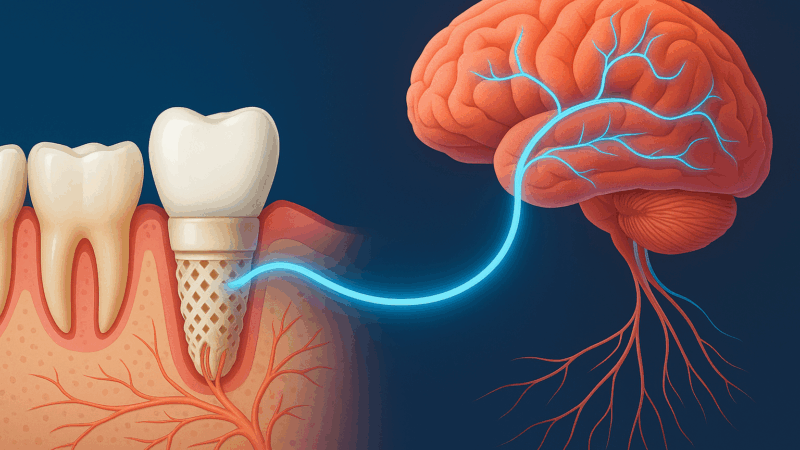🧬 CRISPR Breakthrough: The Future of HIV Eradication?
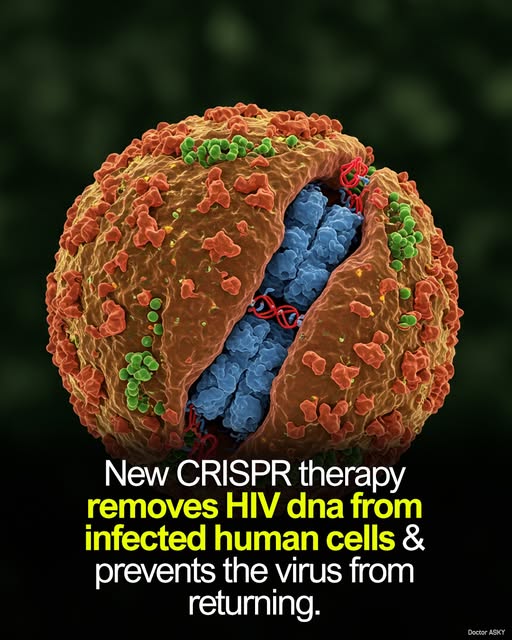
✅ Quick Summary
In a historic milestone, scientists have successfully used CRISPR/Cas9 gene-editing to completely eliminate HIV-1 from human T-cells — something no existing treatment has ever achieved.
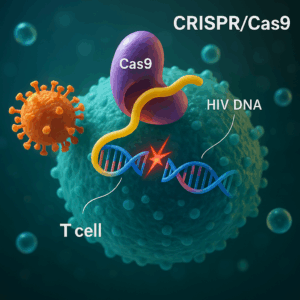
🧠 Unlike conventional therapies that suppress the virus, this method cuts out the virus at the genetic level, with no toxicity and resistance to reinfection.
🔬 1. What is CRISPR/Cas9?
CRISPR/Cas9 is a gene-editing tool that works like molecular scissors. It enables precise cutting of DNA segments — in this case, targeting and removing HIV DNA embedded in human immune cells.
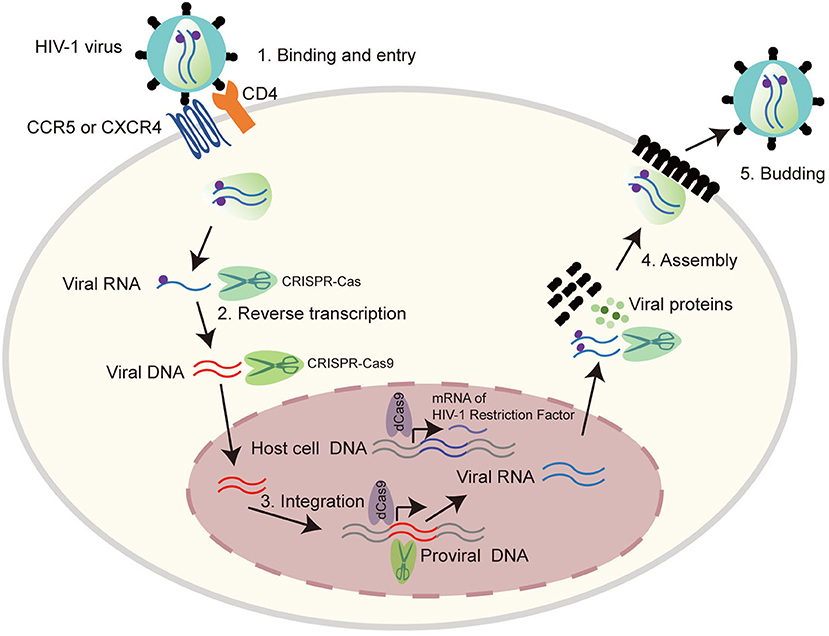
🧪 2. Groundbreaking Laboratory Results
In lab experiments using patient-derived T-cells:
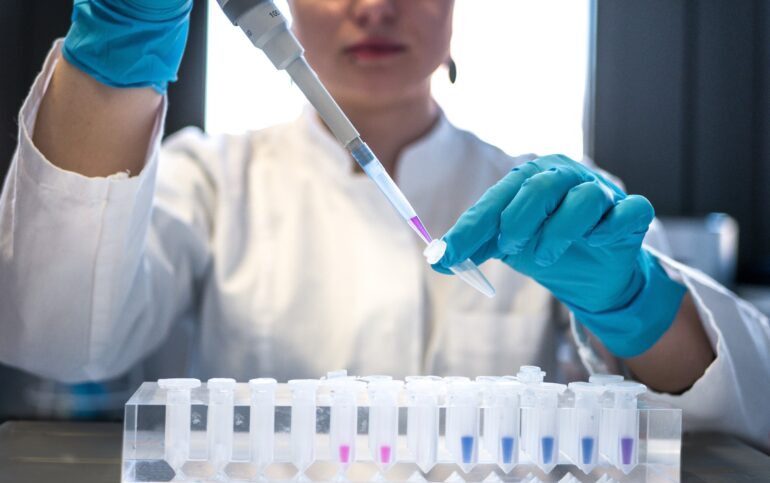
-
✅ The HIV virus was completely excised.
-
🔄 The edited cells were immune to reinfection.
-
❌ There were no signs of toxicity or cell damage.
🎯 This is the first scientific evidence that HIV can be permanently disabled using gene therapy.
🐒 3. Building on Animal Trials: Success in Monkeys
Before moving to human cells, scientists tested this technique on rhesus macaques using a single dose of EBT-001, a CRISPR-based therapy.
🧬 The result? The SIV virus, closely related to HIV, was removed from the monkey’s genome — a major preclinical breakthrough.

🌍 4. Why This Changes Everything
Current HIV medications only suppress the virus — they cannot remove it from “reservoirs” where it hides.
CRISPR offers a potential cure by eradicating the virus entirely from the genome.
This means we are getting closer than ever to a world without HIV/AIDS.
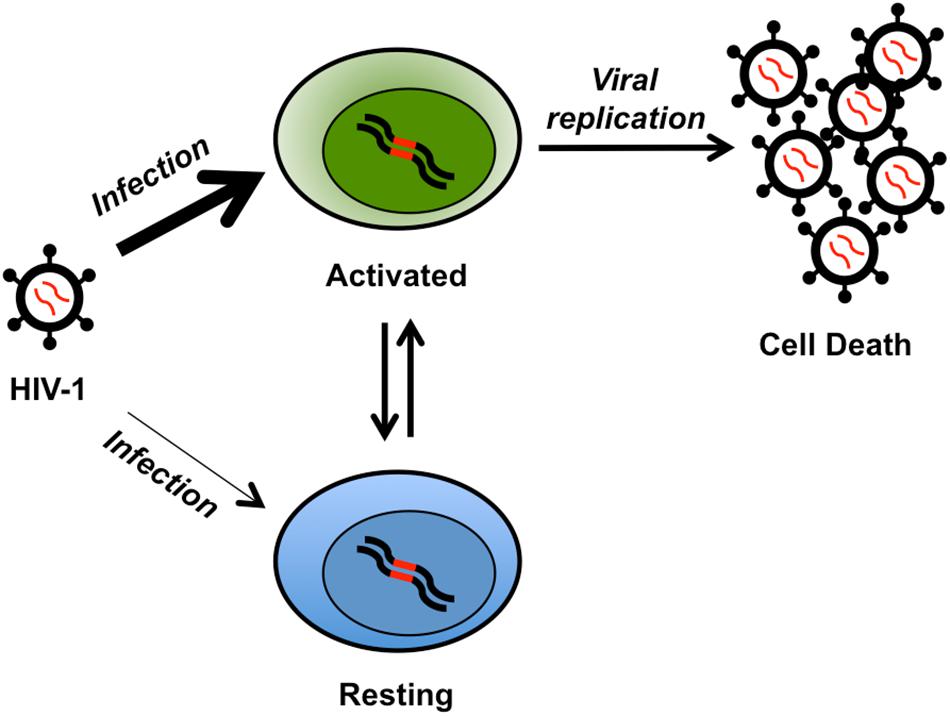
Infographic: CRISPR Cure vs Traditional Antiretroviral Therapy
-
Suppresses vs Erases
-
Daily use vs One-time treatment
-
Lifetime management vs Potential cure
🧩 Final Thoughts
CRISPR technology could soon revolutionize HIV treatment, giving millions of patients hope for a permanent cure, not just lifelong maintenance.
We are no longer just fighting HIV — we are now beginning to erase it.
